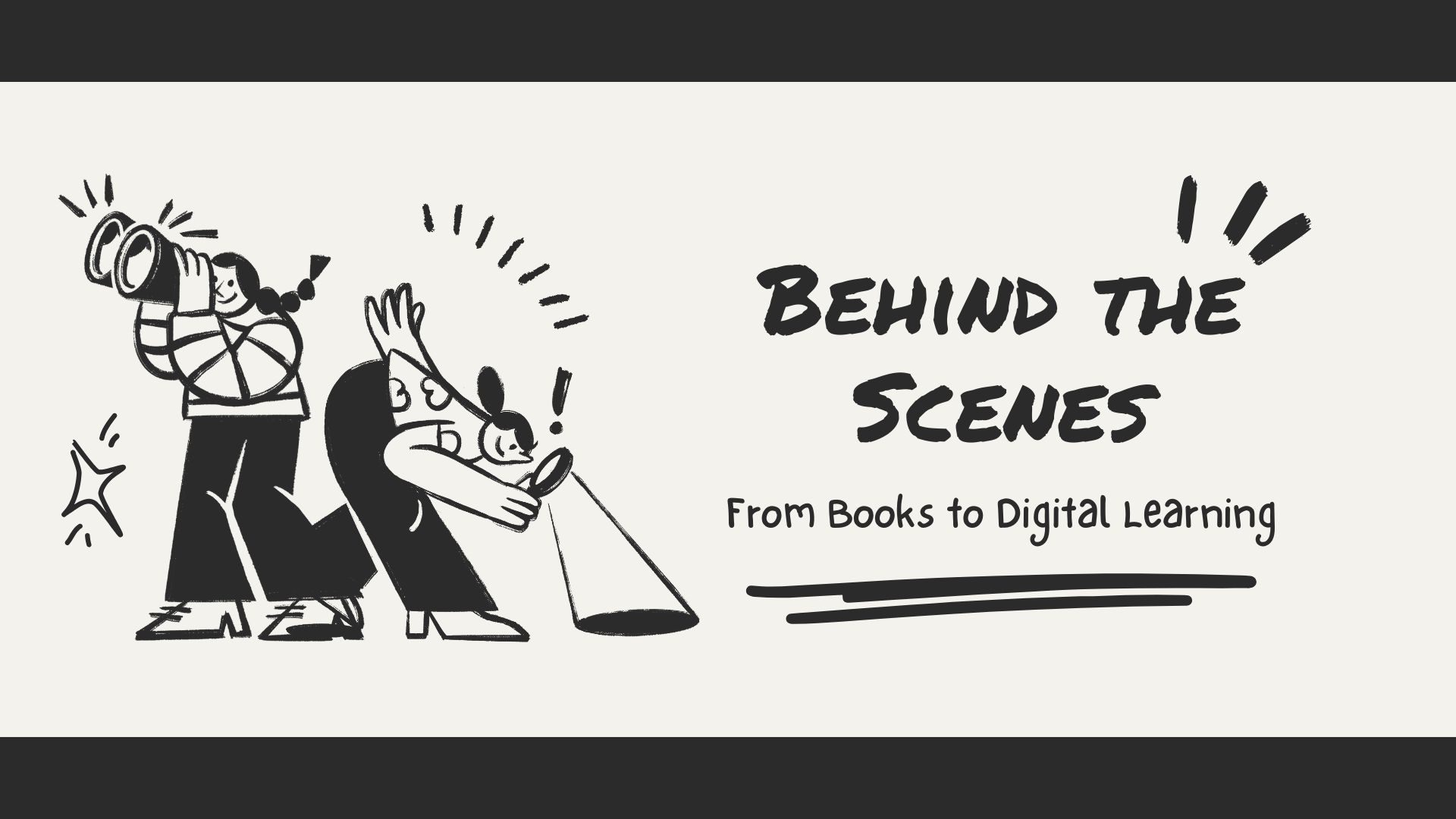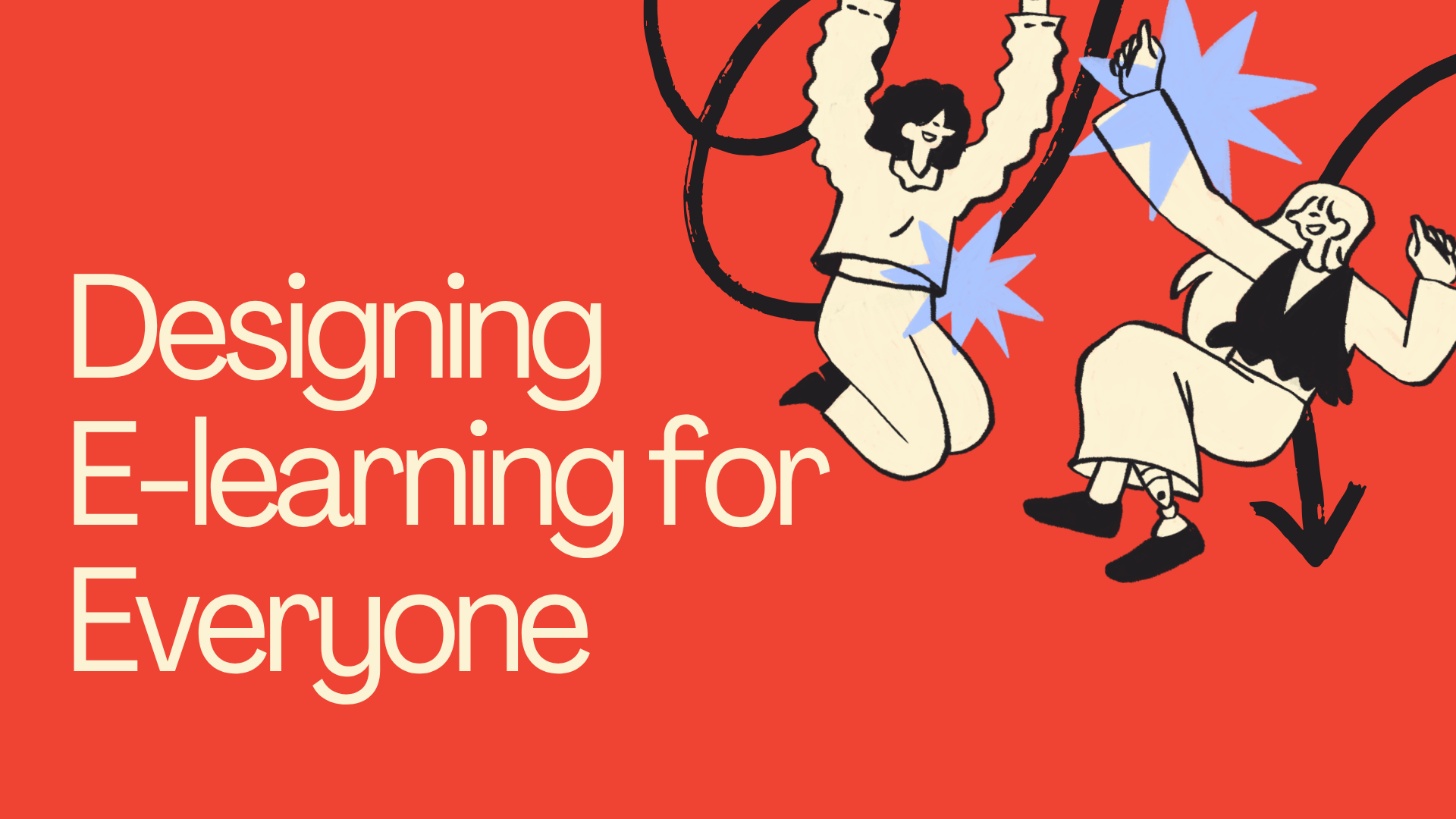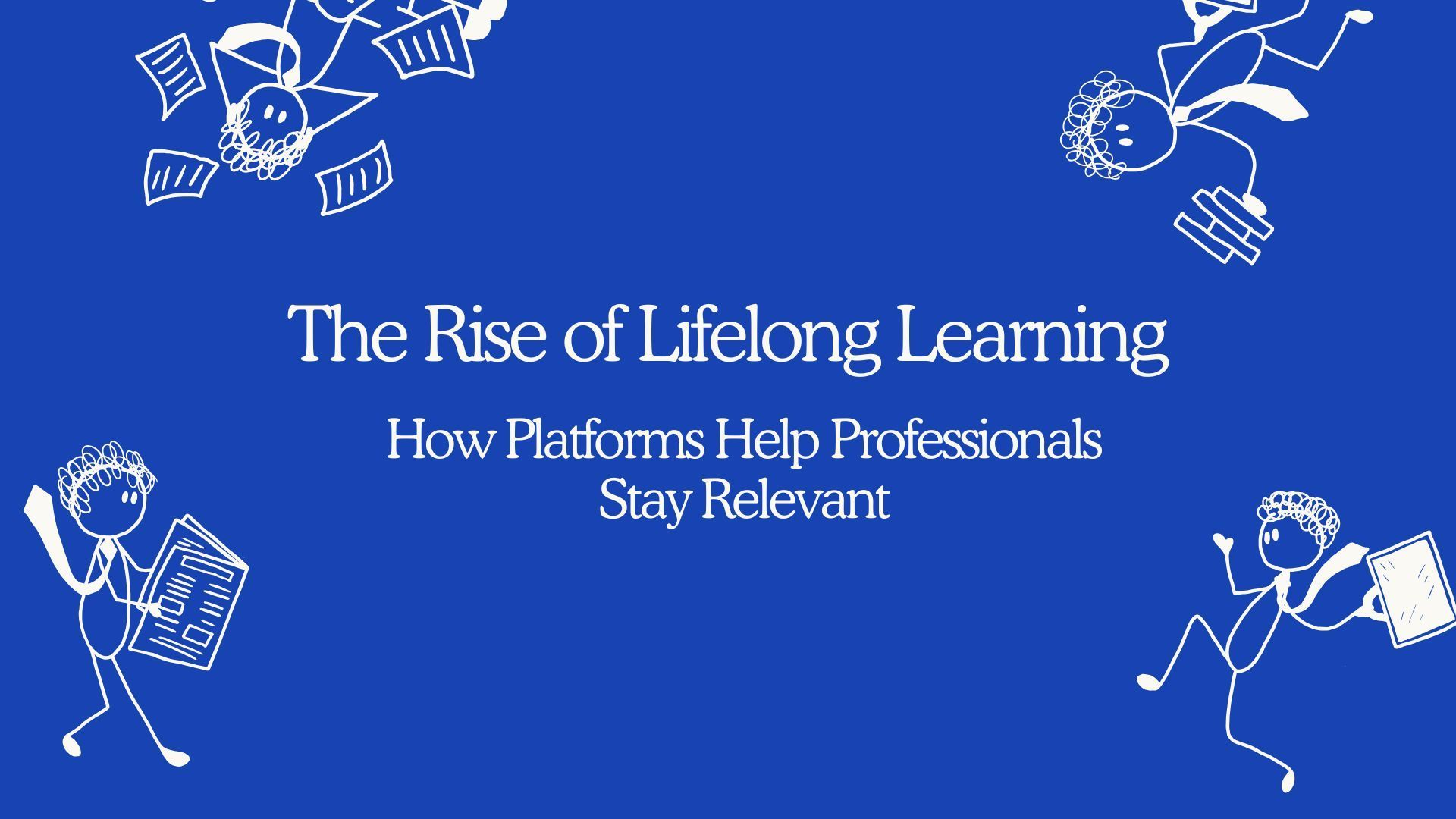"The future belongs to those who prepare for it today."
Malcolm X
Are you a past-person, present-person, or future-person? Do you keep up with the flow of the changes in the world so as not to get behind it? You cannot read or hear anything anywhere about the exact future, right? Then what about pretending changes? Here is the meaning of trends.
Trends are the changes that will be happening and followed in the future, affecting diverse fields of life, work, and creation.
As technology occupies an enormous part of our lives, let us bring up some technology trends. The most widely spread ones now are considered to be:
- Applied Artificial Intelligence (AI),
- Next-generation computing,
- Robotic Process Automation (RPA),
- Virtual Reality (VR),
- Augmented Reality (AR),
- Internet of things (IoT), etc.
Trends in Education
Nowadays, education is walking with technology hand in hand. Tech development is dependent on education, and the other way around. So do not be surprised by getting acquainted with some of the trending terms in education, described below.
8. Online Schooling
Online Schooling is the most commonly used alternative to traditional schooling today, especially after the outbreak of Covid-19. People learn, work, communicate, negotiate online without difficulties due to the advanced technological solutions. There are several online videos and audio conferencing tools allowing people to meet each other from different corners of the world. Online education has its unique pros and cons. Let us mention just a few of them to save time. So it’s right that:
- online education lacks human real interaction,
- technical problems may be unavoidable sometimes during conferencing,
- working so much with computers or mobile devices can affect your health as well,
- students can be distracted easily if the materials shown are not engaging, (a must-read)
- Eye contact is missing, etc.
But
- online education saves time,
- you can meet from every venue,
- It saves finances,
- allows various technological solutions to make learning easier,
- you can turn on/off your video, or switch on/off your microphone to avoid a mess in the virtual classroom,
- you can take more breaks, etc.
7. Digital Citizenship
Digital Citizenship, aka Digital Literacy, is about how we should utilize technology, and what we can do to make a positive impact on the next generation’s views of this infinite world. We should be digitally literate in order to use modern technology appropriately, resulting in new solutions to various problems arising in the educational sector, and also innovations.
Digital citizens should know how to differentiate the relevant source of information from a fake one. They should use multimedia in a way not to offend other users who are different from them, whose views are different and whose approaches to diverse problems are different. Digital citizens use technology to make their voice louder, raise real-time issues, address authorized bodies and make the planet a better place to live.
6. Blockchain Technology
Blockchain Technology is a digital collaborative environment enabling teachers and students to store their certificates, school grades, awards, even diplomas, and many other credentials. The individual can fully control this technology, without having to collaborate with the school.
If students are asked to show their diploma or other certification proof, there’s no need anymore to print them, as they can provide a link to the documents stored in blockchain. If students have gathered a lot of digital badges during various class activities, again, they can keep them in the blockchain, making it a badge document. If students need to provide their academic transcripts, they should have stored them in blockchain so as not to get into confusion later on.
5. Augmented reality (AR)
Augmented Reality is one of the most promising examples of both technology (as you can see above) and educational trends as the number of its usage gradually grows. In the sooner future, we will integrate our classroom lessons more with AR, making the learning environment catchier, more engaging, interesting, interactive, and impressive.
Millions of people use Snapchat, which includes AR solutions. Imagine how well those solutions can fit in the educational sphere. Teachers can use augmented reality to put virtual objects into reality or gaming elements in the process of interactive teaching. For instance, if it is a biology lesson, students can study human organs using their phones to have them in almost real, more colorful, and visual versions.
4. Constructive Struggling
Students vary in their progress and the way they get the lesson. Some of them can succeed in their lessons, most of the time, and the opposite. Many students may be embarrassed about their failures, that’s where the problem lies. As we know, the word “Fail” stands for “First attempt in learning.” So students should realize that failure is not the end of the world, in addition, that is the beginning.
While following the method of constructive struggling, teachers come up with complicated problems to make students struggle to find solutions with their guidance. They do not provide every detail leaving the main problem for the students to solve. This makes them rely on only themselves, thus strengthening their belief in themselves.
3. Artificial Intelligence (AI)
It is a branch of computer science dedicated to building super-smart machines, capable of the functions, which mainly humans do.
AI in education leaves its unique benefits. Students come to engage in AL-based classes after school and develop their way of thinking, innovate new technologies, sharpen their skills. They do not even need an educator sometimes, so this can be one-on-one learning.
Artificial Intelligence helps educators manage their time more properly and complete their tasks on time. Teachers do not spend time analyzing students’ works and progress, and tasks are automated. Besides, students can find their answers in no time due to AI, otherwise, they would have to wait for a certain time until the teacher reaches them.
AI makes the whole planet one room, collecting many students from various corners of the world under one roof. The language barrier is not a problem because of the live subtitles. Low-class students, who lack diverse opportunities in their educational life, can find their place here. Students who have some disabilities, also, can find the subjects they want to study.
2. STEAM Curriculum (STEM + Arts)
You have, undoubtedly, heard about STEM (Science, Technology, Engineering, Mathematics), but it’s not the same in the trending sphere anymore. Now we have STEAM instead of STEM. The newly integrated
“A” stands for “Arts,” which helps low-achieving students understand STEM subjects better. Art boosts creativity, a valuable soft skill for any field of study and creation. Besides, the STEAM curriculum is a source of a well-rounded education.
STEAM education helps students think outside the box. Their critical thinking skills are improved this way. They are begging to think of creative alternatives to the traditional ways of problem-solving. In addition, STEAM leads students to develop their social skills with the help of group work and discussions. They get to know and understand others’ feelings better, start to talk more, and participate in discussions actively, which results in them becoming more sociable.
1. Gamification
Gamification is considered to be
the future of teaching and learning.
Leaderboards, for instance, are a sample of gamifying the class. Gamification is another trending educational solution about integrating several creative game elements into learning materials and classrooms. So the students learn while playing games. Gamification use makes learning funnier, more engaging, motivating, and interactive. Utilizing game-based elements in the educational sector creates competition among students, and competition, in turn, creates development. Besides, this kind of teaching makes students rely on their knowledge more, focus on the given task, and be responsible for the choices they make.
Some examples of gamified education are Kahoot, Duolingo, Minecraft, The World Peace Game, Wordscapes, etc.


